
Do you know anyone who is blind or visually impaired? There is a revolutionary technology in the making, which might significantly better the situation of people suffering from these issues. Researchers from Hong Kong University of Science and Technology built the ElectroChemical Eye or EC-Eye for short, an artificial 3D eyeball, which resembles the biological eye in shape and size, but with the potential to vastly outperform it.
The way this device works is by converting images through tiny sensors that mirror the light-detecting photoreceptor cells in the human eye. Those sensors reside within a membrane which is shaped into a half sphere for the purpose of mimicking a human retina. Information is then passed through nanowires, which act like the brain’s visual cortex, to a computer for processing.
Achieving a bionic eye, or a visual prosthesis has been a long time challenge for scientists, due to the difficulty in cramming the technology into a spherical shape. In its current condition the eye's ability to render images isn’t the greatest.

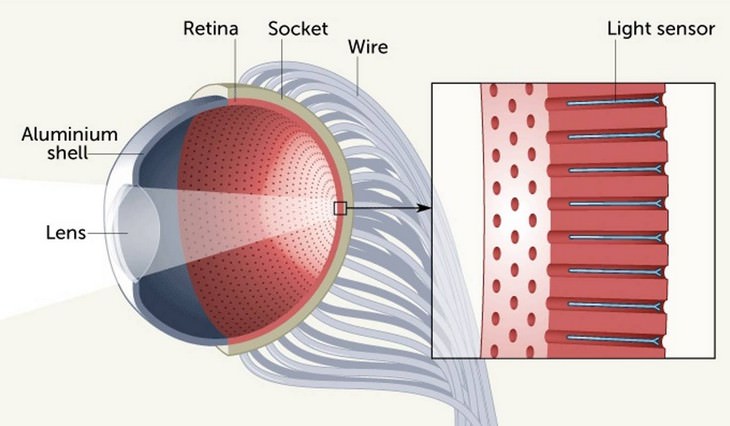

Future Now: Are Zero Emission Planes the Future of Flight?
Airbus announced a new concept of zero-emission hydrogen-powered planes, and news outlets are already calling it the future of aircraft engineering
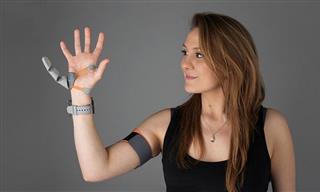
This New Invention Could Revolutionize the Use of Prosthetics
This new invention can be a huge boost for the world of prosthetics

Natural Compound in Essential Oils May Benefit Parkinson’s
A plant-based compound called farnesol is capable of preventing the brain cells affected by Parkinson’s disease from dying off.

Oxford Vaccine Shows Positive Response Among Old and Young
In a positive news, it has been revealed that the Oxford vaccine produces an immune response in older adults as well as the young.
 15:21
15:21
Saudi Arabia is Building a 100-Mile-Long “Linear” City!
Saudi Arabia is all set to build a city that could well be the blueprint for the future of urban living.
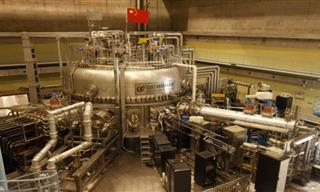
We Are a Step Closer to a True Sustainable Energy Source
China successfully powered up its nuclear fusion reactor, nicknamed 'artificial sun'. We are now one step closer to a sustainable energy source.

GUIDE: How Alcohol Affects Us, Drink by Drink...
In this article, we're going to discuss the exact amounts of alcohol in our blood and what they look like, including how each level affects us and our ability to function.
 4:40
4:40
Breathalyzers May Be More Important Than You Thought
This video does a great job in breaking down how in the future, breath analysis can be used to detect disease and prevent more invasive procedures.
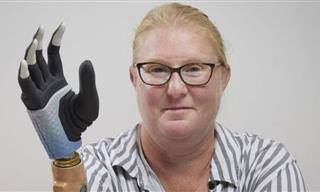
Incredible New Bionic Arm Fuses With Woman's Nerves
Karin's bionic hand is real sci fi, making her one of the first true cyborgs.
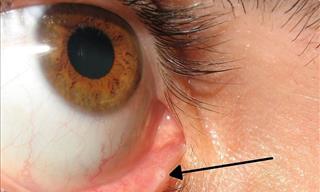
7 Little-Known Body Parts We Never Knew About
Here's a look at some of the weird and little-known body parts that you didn’t know you had.

The Facts You Didn't Know About the Human Body...
Discover 120 fascinating and surprising facts about your body you may not have known. Going over most of the body parts, you will learn so much you never knew about the body we all use.

These Engineering Failures Ended In Real Catastrophes
These are 10 of the worst engineering failures in history. These accidents had horrific results, and we must learn from them to never ever repeat them.
 8:05
8:05
This Giant Tank Will Unlock the Universe’s Big Mysteries
Japan is building a huge underground tank inside a mountain to help unlock the many mysteries of the universe.

10 Unanswered Mysteries You've Always Wondered About!
You might not have thought about the most curious cases of the bizarre things that we encounter every day.
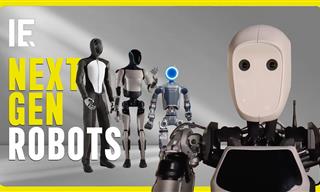 5:50
5:50
The Rise of the Machines: Can Humanoid Robots Help Us?
Will humanoid robots change the way we work forever?
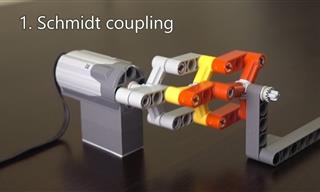 7:21
7:21
Science: 20 Mechanical Principles Demonstrated Using Lego
In this video, we'll explore a variety of fascinating mechanical mechanisms, all demonstrated using Lego models.

Is it REALLY the Coffee that Wakes Us Up in the Morning?
A recent study has revealed that the coffee you drink may just be a placebo...
 2:23
2:23
Introducing the Astronauts That Were Just Launched Into Space
The two astronauts — veteran NASA fliers Bob Behnken and Doug Hurley are honored to have been on this flight. Let's get to know them!
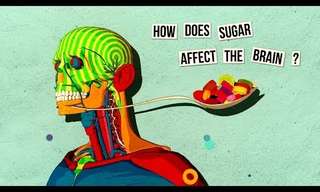 5:03
5:03
WHY is Sugar So Devilishy Addictive?
There seems to be a fascinating scientific explanation for why our will power is weak when it comes to sugar!

Stunning 2024 Images from the James Webb Space Telescope
Marvel at the new images revealed by the James Webb Space Telescope.

New Study: There is a Sure Way to Slow Aging
This new study confirms what has long been suspected: The less calories we consume, the slower we age.
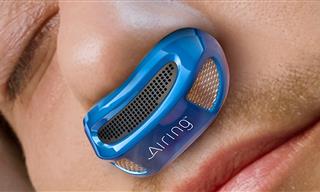 16:55
16:55
Sleep Inventions: 16 Gadgets to Help You Doze Off
If you frequently struggle with sleep, then trying these amazing new sleep innovations could help change your life.

Battle of the Sexes: How Our Brains React Differently
A new study claims to have discovered why women are typically more emotionally sensitive than men. Read all about it here.

6 Harmful Toxins You Didn’t Know You Encounter Daily
These toxic chemicals can be found in everyday products and can be extremely dangerous to us.
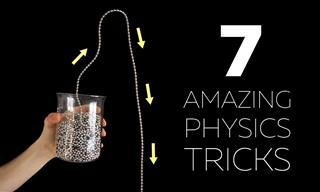 6:47
6:47
7 Exciting Physics Tricks You Have to See!
Watch these seven remarkable physics tricks in this exciting and fun video.

12 Earliest Versions of Tech Inventions We Use Every Day
Witness the evolution of 11 popular devices we use all the time by looking at how they all started...
 7:15
7:15
Toilets: The Greatest Medical Advancement in Human History
While toilets make some people laugh, they are actually a deadly serious medical advancement. This video explains what toilets mean to civilization.

Study Claims: Link Found Between Cats and Alzheimer's
Recent research has brought into focus a potentially unsettling link for cat lovers: owning a feline may increase the risk of developing schizophrenia-related disorders.
 9:31
9:31
The Channel Tunnel - The 7th Wonder of the Modern World!
The construction of the Channel Tunnel is said to be an impossible feat!

Ponder Life's Big Questions with a Truly Brilliant Mind
Dr. Michio Kaku is known around the world for his brain power and ability to explain complex concepts with effortless ease. Here are his thoughts.

5 Robotics Trends Anticipated in 2024
What does 2024 have in store for the field of robotics?

16 Interesting Things We Bet You've Never Seen Before
Once we have finished school and learned all the necessary skills at work, it may seem that no further studying is necessary. 16 interesting photos you wish you had seen in textbooks at school.

Study: Biggest Ocean in the World is.. Underground?
A groundbreaking discovery by researchers reveals an enormous water reservoir deep beneath the Earth's surface.
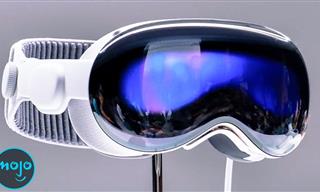 11:03
11:03
These New Technologies Will Change the World!
These groundbreaking tech innovations are going to change our world!

17 Incredible Eye Facts You Have To See To Believe
They say the eyes are the window to the soul, and they also happen to be our windows to the world. Here are 17 insanely fascinating facts about eyes.
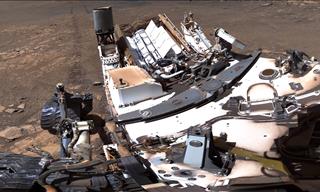 3:10
3:10
Watch the Best HD Panorama Photo of Mars Ever Taken
Watch an incredible 1.8-Billion-Pixel panorama of the planet Mars that was recently captured by NASA's Curiosity rover.

20 Fascinating Things That Can Be Found in the World
These pictures show us 20 fascinating and absolutely astounding things, from a single mountain with 1000 waterfalls to a giant ant!
 13:01
13:01
13 Incredible ROOF INNOVATIONS For Your House
Keep the roof of your house safe with these incredibly useful inventions.
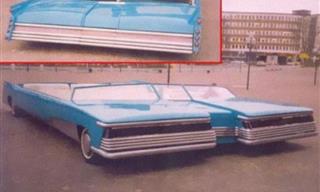
These Wacky Inventions of the Past Appear Odd to Us Today!
These vintage tech inventions may look very interesting or even incredible, but their practicality today is questionable...
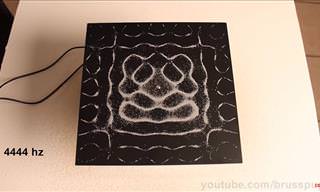 3:39
3:39
Magic is Only A Vibration Away With This Great Experiment
All it takes is some sand, a metal plate and carefully toned vibrations from a speaker to create stunning and complex patterns. This video shows you the amazing results!

26 Incredible Facts About the Human Mind
The human brain is an interesting and powerful organ, which is why we've gathered 26 interesting facts about exactly how human psychology works.
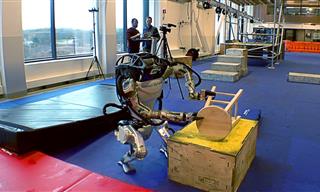 1:48
1:48
Boston Dynamic's Robot Does Some Incredible Things...
Boston Dynamics shows us again what her lead robot can do.
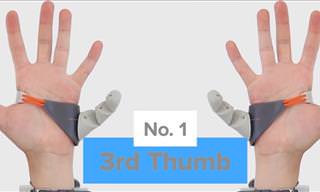 3:16
3:16
You Wouldn't Believe How Far Technology Has Come
Take a look at the advancements of technology in this video. Impressive.
 4:51
4:51
The Oldest Medicines That Have Stood the Test of Time
Learn about some fascinating old medicine and general healing practices that have survived for thousands of years.

Wonder Why Time Speeds Up As You Age? Here's the Answer
We all get the sensation that time moves faster as we get older, but there are scientific reasons for that. Read on to learn about this fascinating phenomenon.
 20:01
20:01
Future Tech: 19 Innovations About to Change Our World
These groundbreaking new technologies will change our world.
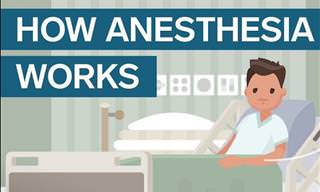 3:16
3:16
Discover How Anesthesia Affects Your Body and Mind
If you were ever curious about how exactly anesthesia works, then this video has all the answers!


